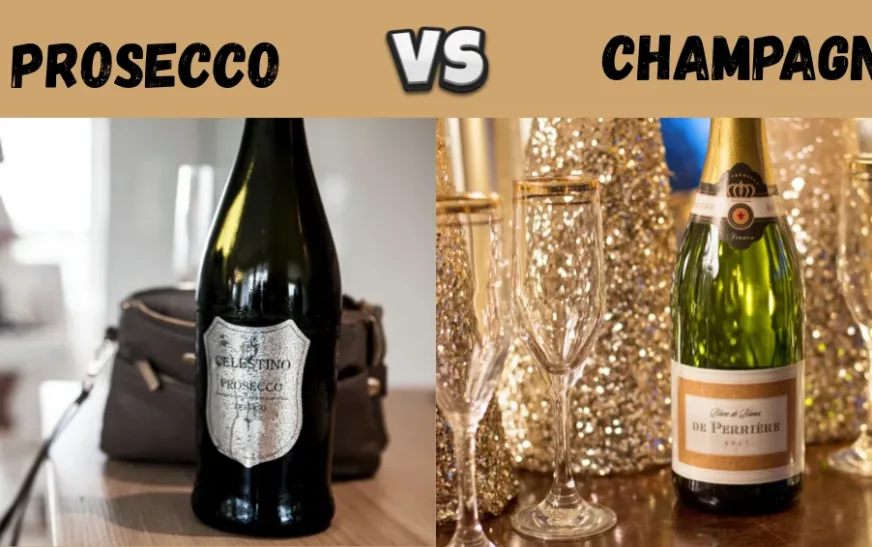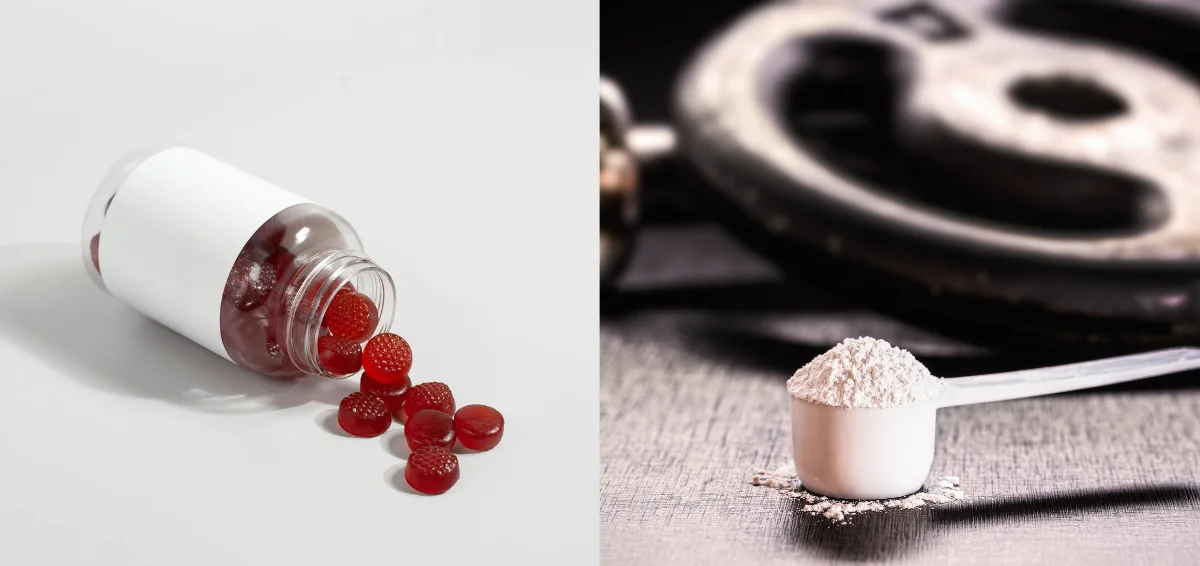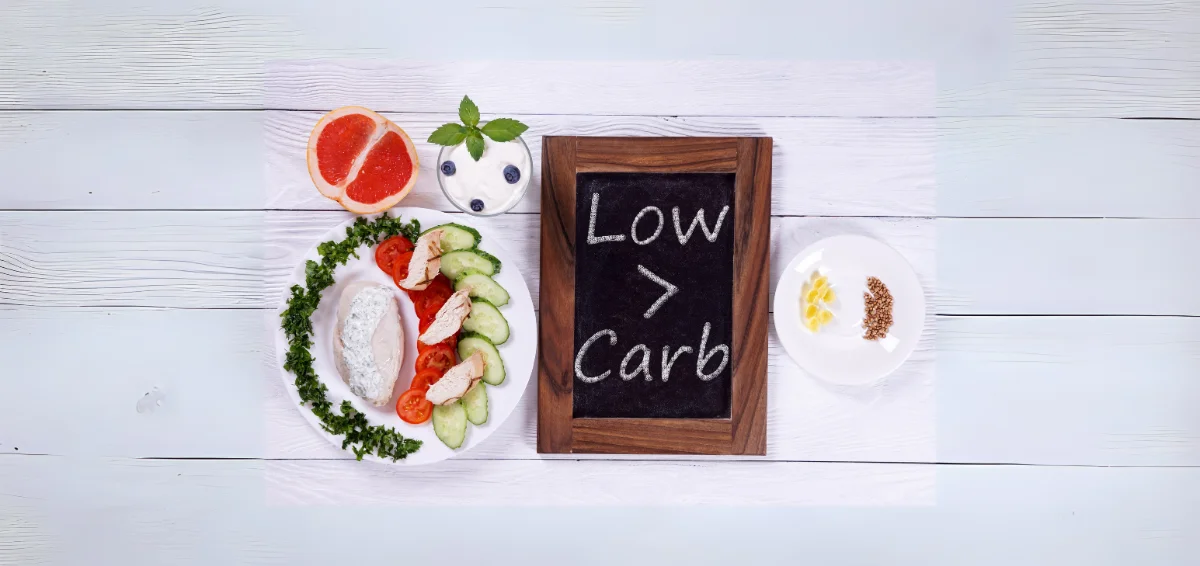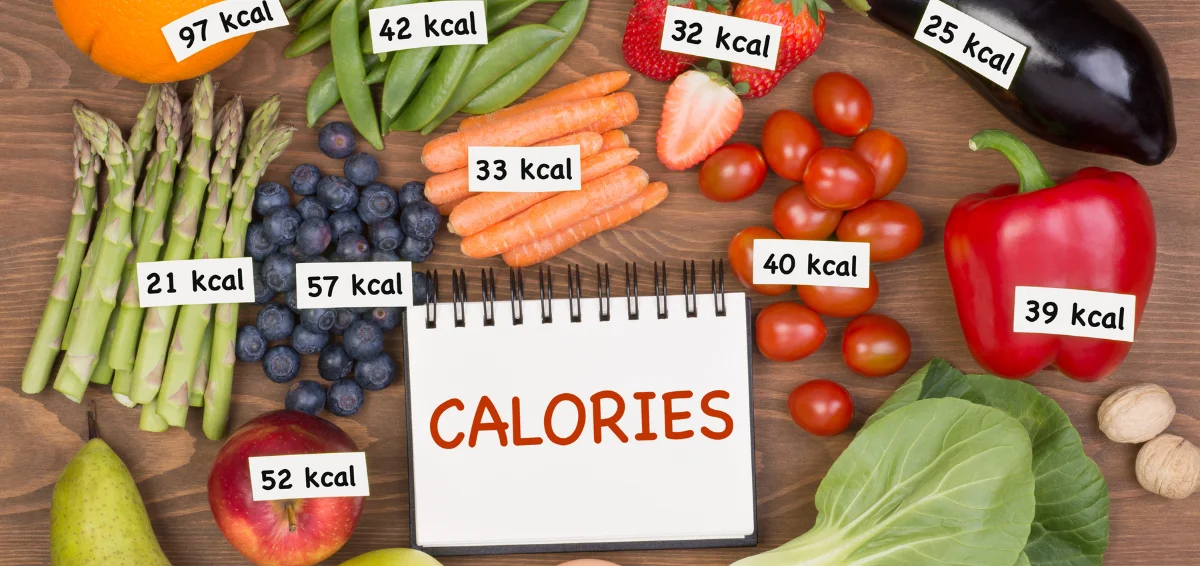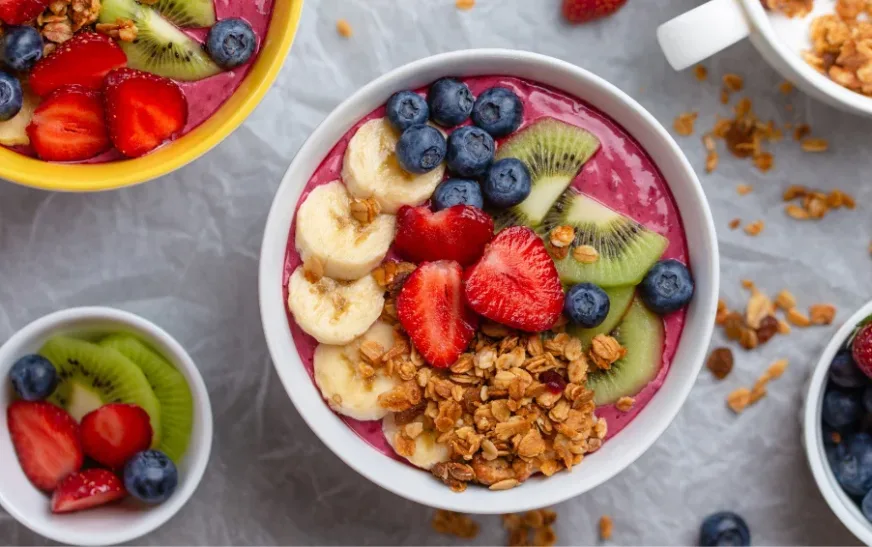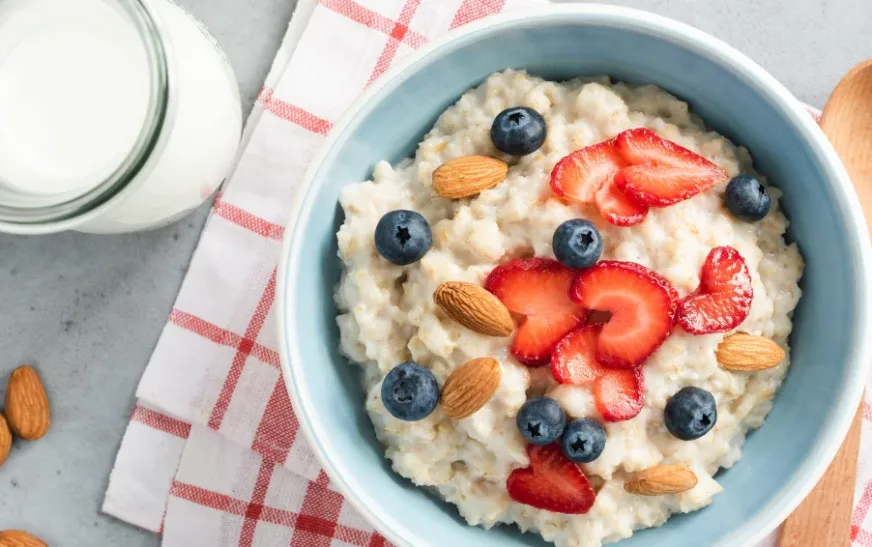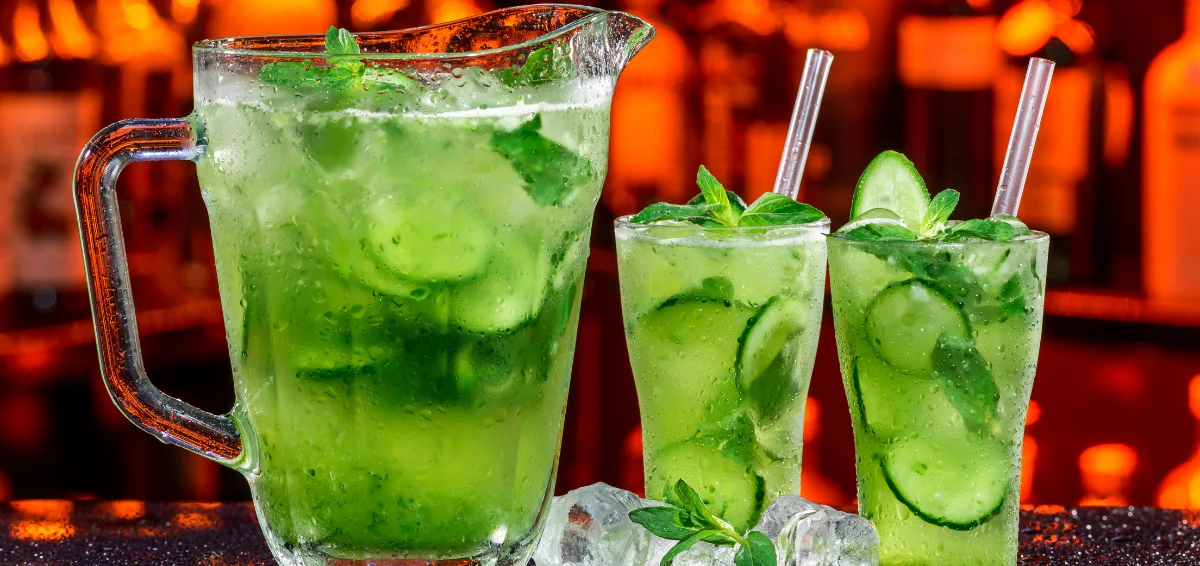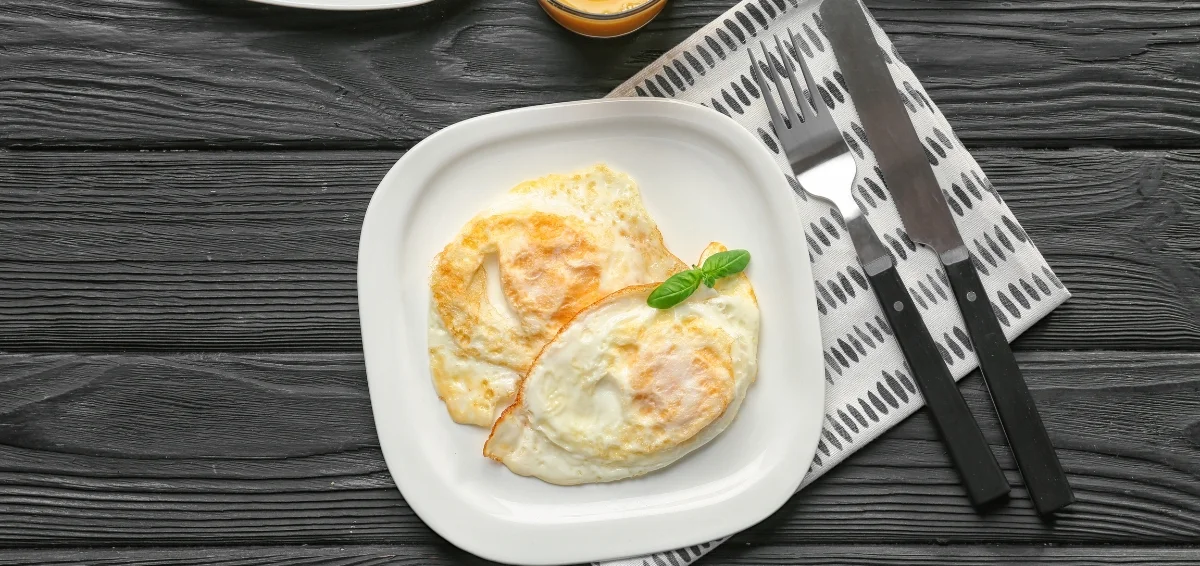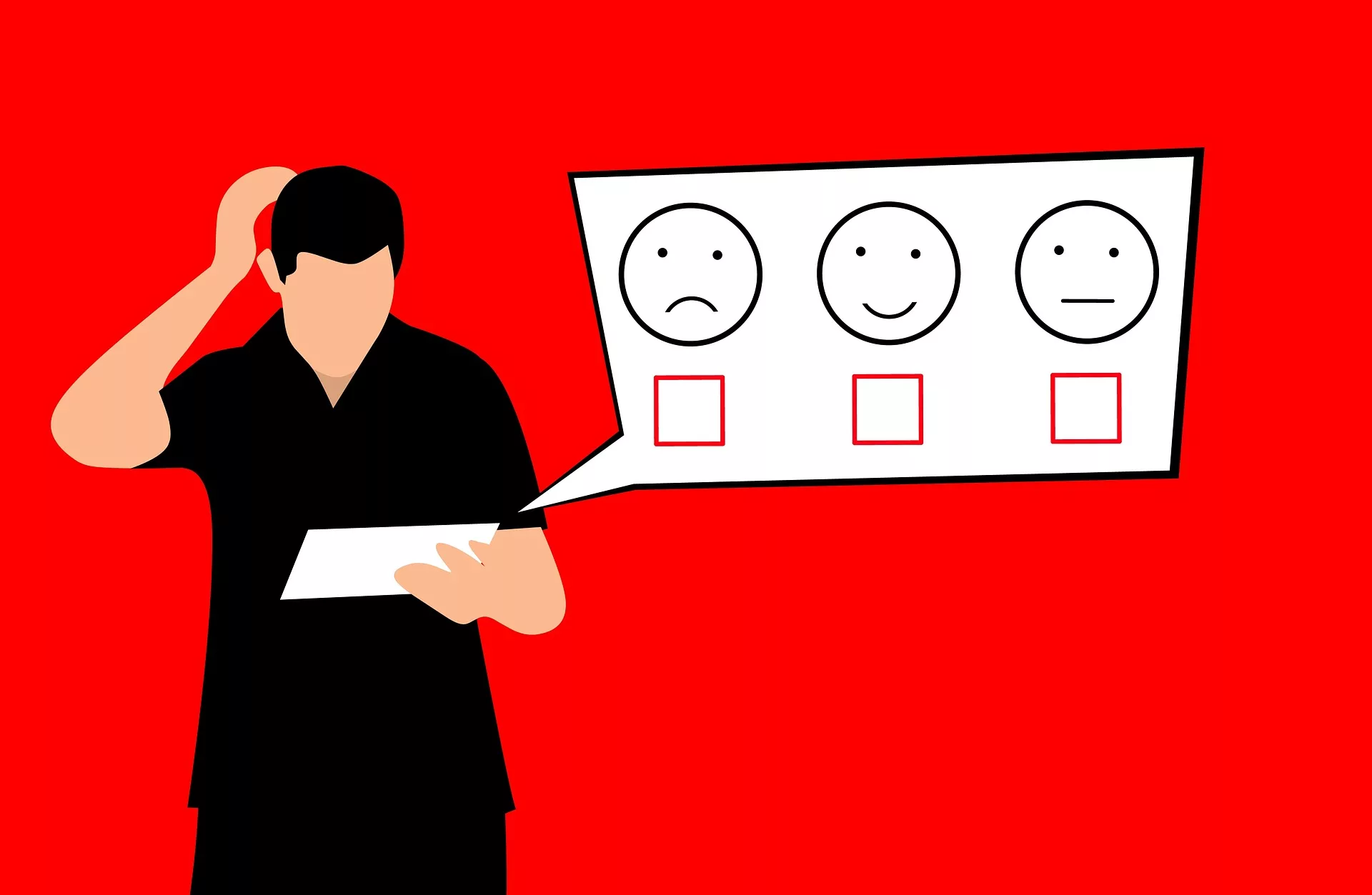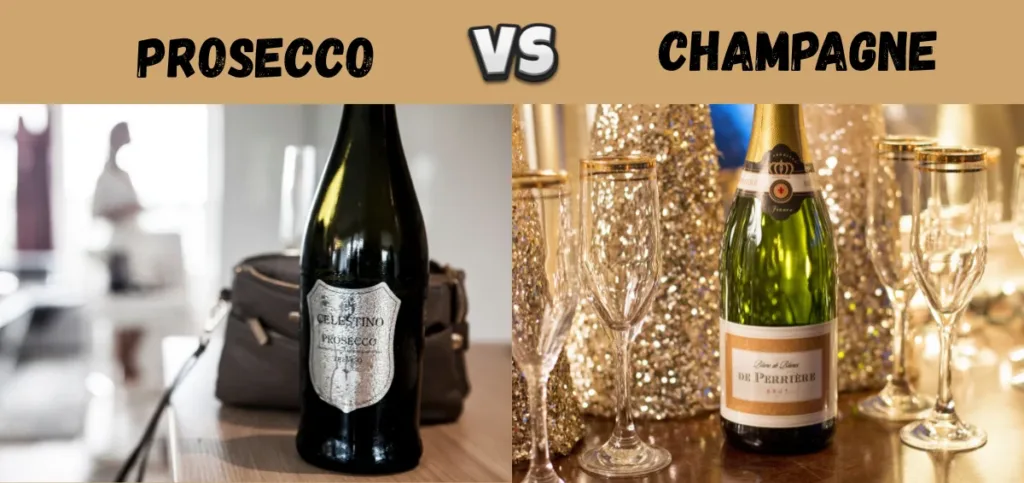
You’ve seen them both in the wine aisle. Sparkling bottles and popping corks. One says Prosecco while the other says Champagne. Well, both of them look festive and have bubbles. However, they are not the same.
Here, you will have a closer look at Prosecco vs Champagne, from how they’re made to how they taste, and when to choose each one.
Where They Come From
This is the most important difference.
- Champagne can only come from one place, that is, Champagne, France. It’s not just a name. It is a protected region. Plus, it must be made there using specific grapes and methods to be called Champagne.
- Prosecco comes from Italy, mostly from the Veneto region in the northeast. The best bottles are labelled DOC or DOCG, indicating they meet quality standards.
The Grapes
Champagne is made using three main grape varieties:
- Chardonnay
- Pinot Noir
- Pinot Meunier
Sometimes, it’s 100% Chardonnay. Other times, it is a blend.
Prosecco is made from a grape called Glera. This grape is light, floral, and fruity. It gives Prosecco its signature freshness.
How They’re Made
This is where things get technical and exciting.
- Champagne is made using the “traditional method,” or Méthode Champenoise. It is a long, detailed process. The wine is bottled with a little sugar and yeast after the first fermentation to start a second fermentation, which happens right inside the bottle. This is what creates those tiny, persistent bubbles. On top of this, the wine then ages on its lees (dead yeast cells) for months or even years, adding flavour and texture.
- On the other hand, Prosecco uses the “tank method,” or Charmat method. The second fermentation happens in large stainless steel tanks. It is faster and more affordable. Also, it creates a lighter, fruitier wine with softer bubbles.
This is one big reason why Prosecco vs Champagne tastes so different.
Read Also: Black Owned Winery
The Flavour Profile
Taste is where most people notice the difference.
- Champagne is crisp, dry, and complex. It often has flavours like green apple, lemon, toast, brioche, almonds, and sometimes even a hint of cream. The texture is silky, with tiny, sharp bubbles that last in the glass.
- Prosecco is more approachable. It’s fruit-forward with notes of pear, melon, apple, and white flowers. The bubbles are softer, frothier, and disappear more quickly. It’s light, aromatic, and easy to drink.
The Price Tag
One of the most obvious differences when it comes to Prosecco vs Champagne: The cost.
- Champagne is a luxury product because of its long aging process and strict rules. It is more expensive to make. A good entry-level bottle starts around $40. Some premium brands can cost hundreds, or even thousands, of dollars.
- Prosecco is usually much more budget-friendly. Many quality bottles are under $20. Some come even under $10. This makes Prosecco the go-to for big parties, casual brunches, or everyday bubbles.
When it comes to value, the battle often leans in favour of Prosecco for the everyday drinker.
Alcohol Content
The alcohol content is similar, but not identical.
- Champagne usually ranges from 12–12.5% ABV (alcohol by volume).
- Prosecco typically falls around 11–11.5% ABV.
That slight difference makes Prosecco a bit lighter. Ideal if you want a glass without feeling too tipsy.
Occasions and Pairings

Champagne is iconic. It’s the drink of celebration. Plus, it is perfect for occasions, like:
- New Year’s Eve
- Weddings
- Milestone birthdays, etc.
It fits formal settings and pairs beautifully with:
- Oysters
- Caviar
- Creamy cheeses
- Fine desserts
- It’s dry, elegant, and food-friendly.
Prosecco is casual, cheerful, and fun. It’s made for:
- Day drinking
- Garden parties
- Brunches
- Girls’ night in, etc.
It pairs well with:
- Light appetizers
- Fresh fruit
- Sushi
- Spicy food
- Fried snacks
It’s versatile. You can serve it with breakfast or dessert, and it’ll still feel right.
Age and Freshness
- Champagne ages well. It gets better with time. Usually, non-vintage bottles are aged for at least 15 months. In the case of vintage Champagne, the bottle ages for years, adding more depth and flavour.
- Prosecco is best enjoyed young. Freshness is its charm. Most bottles are meant to be consumed within one to two years. Don’t save it for later. Now, open it and enjoy.
Sustainability and Production
- Winemakers are becoming more eco-conscious. Champagne producers often follow strict environmental standards. Many use organic farming and sustainable practices.
- Prosecco producers are catching up. More vineyards in Italy are now practising organic growing and reducing their environmental impact. Look for labels like “organic” or “biodynamic” if these terms matter to you.
Calories and Sweetness Levels
On average, Champagne contains about 90–100 calories per glass. Prosecco is slightly lower, around 80–90 calories.
Both come in different sweetness levels:
- Brut Nature (very dry)
- Extra Brut
- Brut (dry)
- Extra Dry (a little sweeter)
- Dry (ironically, quite sweet)
Most popular Champagnes and Proseccos are Brut. Always check the label if you prefer dry or sweet wine.
Cocktails With Sparkle

Both drinks are cocktail heroes.
Champagne stars in classics like:
- French 75 (gin, lemon juice, sugar, Champagne)
- Kir Royale (crème de cassis + Champagne)
Prosecco shines in:
- Bellini (peach purée + Prosecco)
- Aperol Spritz (Aperol, soda water, Prosecco)
Need a brunch drink? Go Prosecco. Hosting a dinner party? Champagne has the edge.
Labels to Know
If you’re shopping, look for these clues:
For Champagne:
- Non-Vintage (NV): A blend of multiple years
- Vintage: Made from one exceptional year
- Blanc de Blancs: 100% Chardonnay
- Blanc de Noirs: 100% red grapes (Pinot Noir or Pinot Meunier)
- Rosé: Blended or skin-contact rosé
For Prosecco:
- DOC: Denominazione di Origine Controllata (standard quality)
- DOCG: Higher quality, stricter rules
- Frizzante: Lightly sparkling
- Spumante: Fully sparkling
- Col Fondo: Bottle-fermented, unfiltered Prosecco (like natural wine)
Personal Preference Wins
At the end of the day, there’s no right answer in the prosecco vs champagne debate. It all comes down to mood and personal preference.
- Want something elegant and structured? Champagne.
- Craving something fresh and fruity? Prosecco.
- Celebrating something huge? Champagne.
- Hosting a casual get-together? Prosecco.
They both have a place on the table, so pick the one that fulfills your needs.
Final Thoughts
Prosecco vs Champagne isn’t about which is better. It is about knowing the difference and choosing what suits your occasion.
Champagne is refined, rich, and prestigious. Prosecco is playful, bright, and accessible. Champagne is the velvet gown. Prosecco is the sun hat and sandals. Plus, both are sparkling and beautiful. On top of this, both deserve a spot in your fridge.
Next time you raise a glass, you’ll know exactly what you’re sipping and why you love it.

